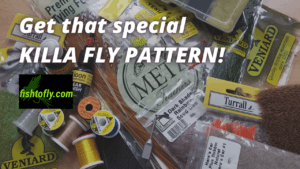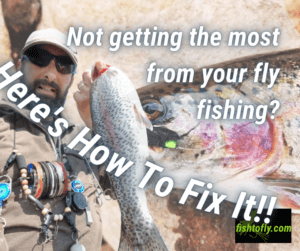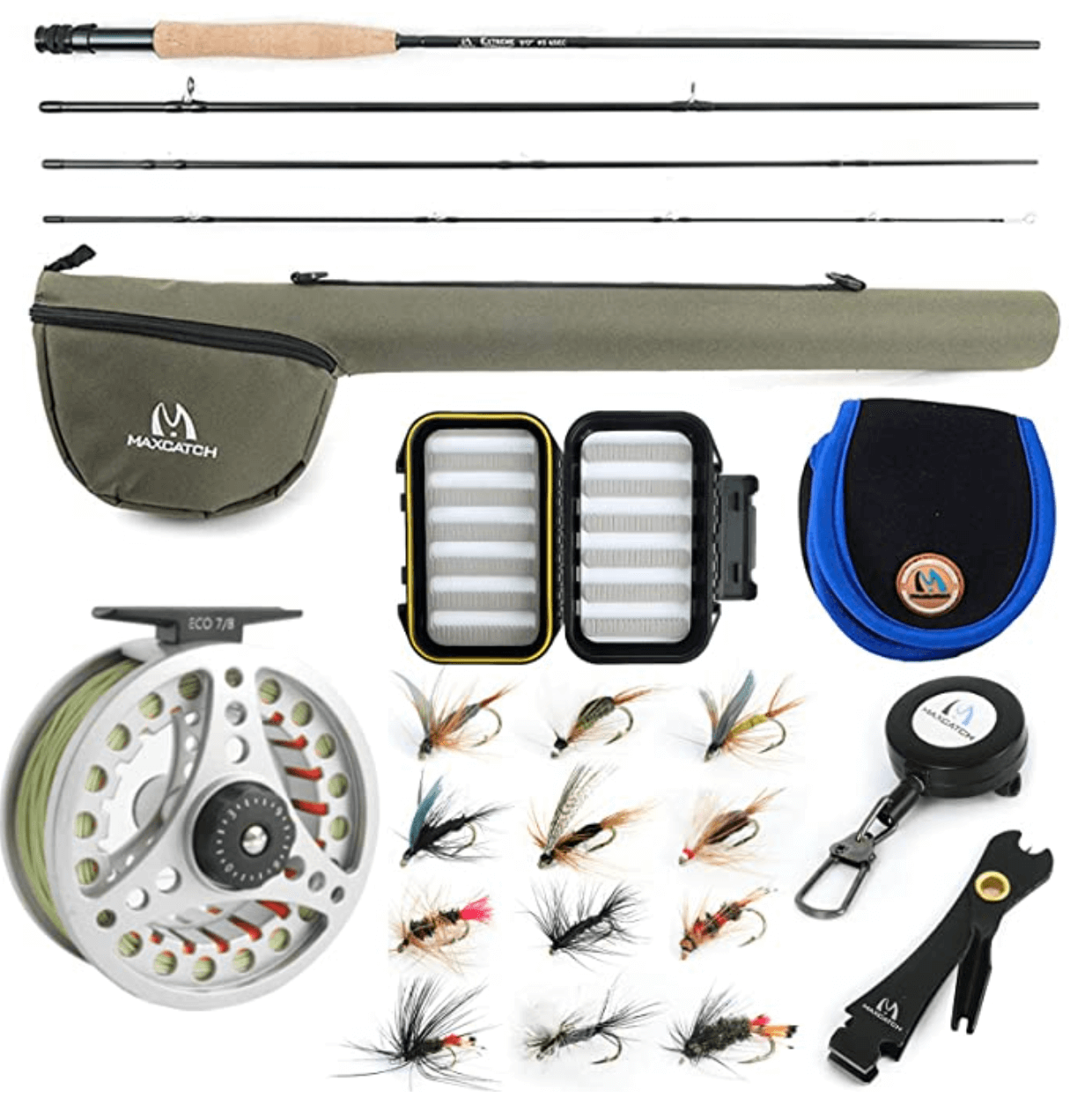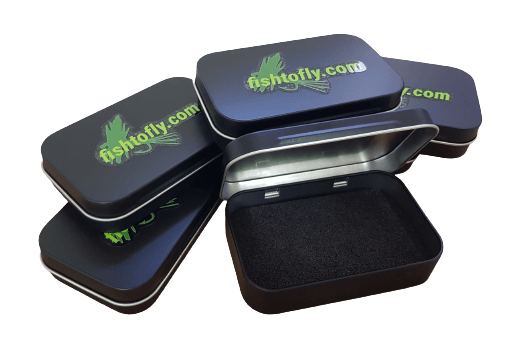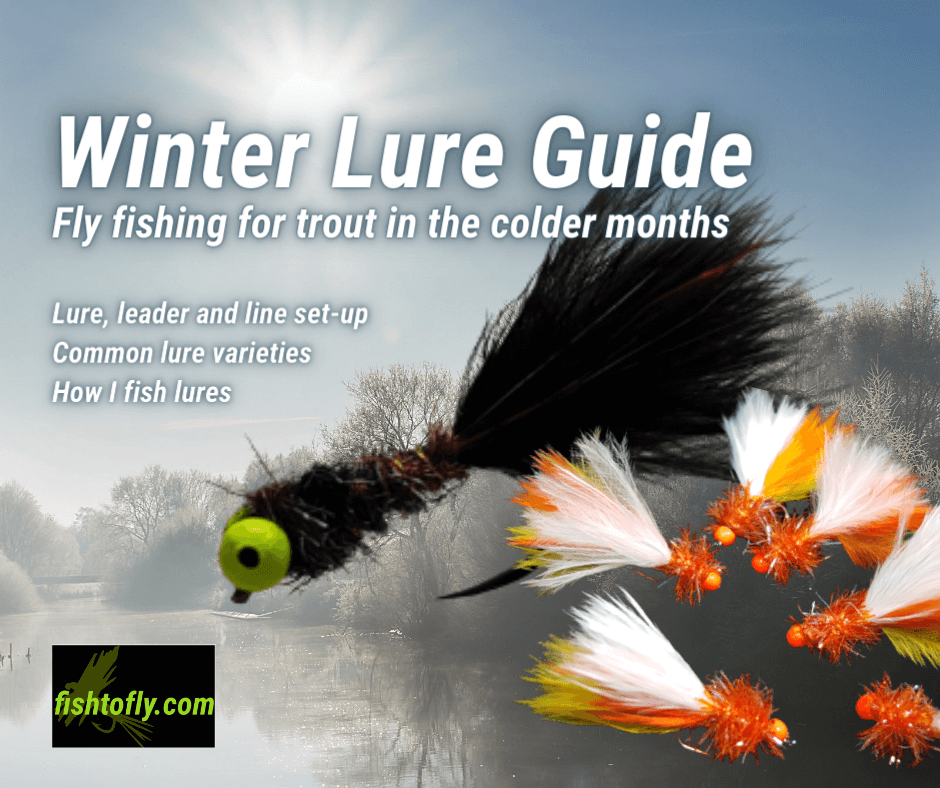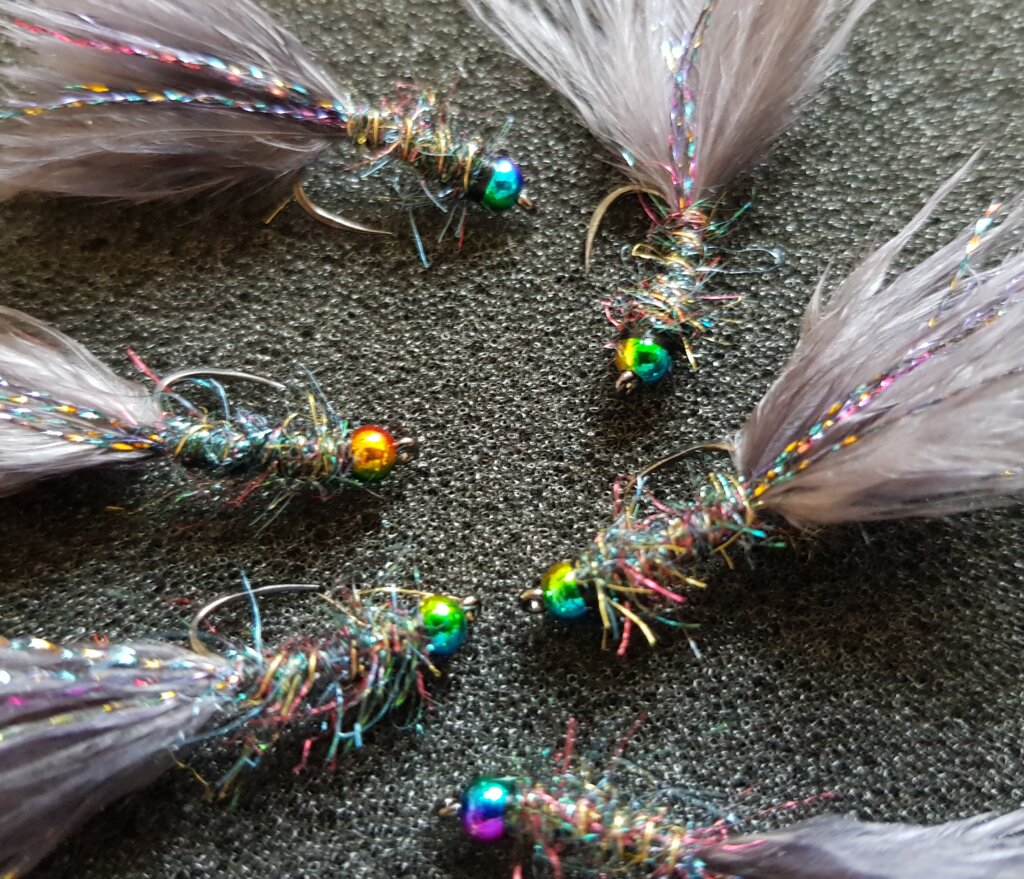8. Essential Items of Tackle to Start Fly Fishing for Trout
Beginner’s Guide to Essential Tackle
For all you budding Trout Fly-Fishers who want to get at it but don’t know where to start, you’ve come to the right place!
Here at fishtofly.com I want to help you by increasing your level of understanding and knowledge, which in turn will improve you’re fly fishing experience and increase enjoyment, because hey that’s what it’s about at the end of the day! I’ve made all the mistakes; this blog is hopefully so you don’t have too!
Right then folks – There are some key fundamental items of Fly Fishing kit you will need in order to get started and out on the water enjoying this sport. The below list outlines, in my opinion the 8 items needed initially-
1. Fly Rods (single handed)
A lot depends on the type of trout fly fishing you intend doing- small brooks, streams and rivers or large lakes & reservoirs.
All fly rods are weighted and on a scale which usually runs from around #2 to #10 weight, with #10 being the heaviest. (Fly lines are weighed on the same scale). The lengths vary from around 8ft up to 12ft. Most rods these days are in four sections so they are easy to transport and are supplied with either a cloth rod bag, sectioned rod tube or on more expensive models both.
Starting out I would generally recommend going for a 9ft #5 or #6 weight as this is a good all-rounder covering you for streams/rivers and large lakes/Stillwater’s.
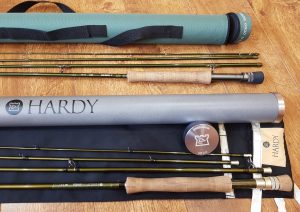
2. Fly Reels
Come in many different sizes and styles and are weighted to match both fly lines and rods so you get a fully balanced outfit to fish with. Manufacturers normally group their reels in sizes so typically weights #3, #4, #5 in one group and weights #6, #7, #8 in another and so on.
The lower the number then the lighter the line it’s used for. So as our rod example above, if you purchase 9ft #6 weight rod and line then you will need a size #6 reel to balance your kit out.
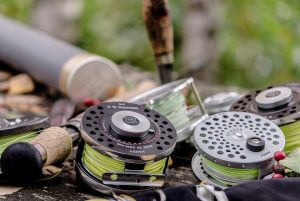
3. Fly Line & Backing
After your rod selection, for me at fishtofly.com your fly line is the next most important item of kit. It is worth remembering that you’re outfit should be balanced so this means the fly line should load the rod correctly making casting effortless. Fly Lines are weighted just like the rods, so if you purchase a 9ft #6 weight rod you need a #6 weight line to go with it. However you will first need to add backing to your reel. Backing is fairly standard for freshwater trout fishing and is braided nylon, usually sold on spools of 100yds in 20lb or 30lb breaking strain, although you can now also get finer micro poly backing as an alternative option.
There are two main reasons for using backing, firstly it’s to fill up a portion of space on the reel spool and more importantly secondly if you are lucky enough to catch a fish of a lifetime which could well strip the full fly line from your reel, to continue its run while you are playing it you will need the additional line.
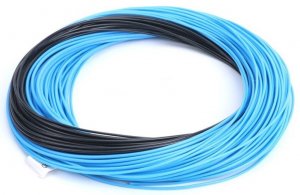
4. Leaders
This links your fly line to your fly. Come in various lengths from 5ft to approx 15ft. They are usually tapered, having three key sections-
Butt- Usually the thickest part of the leader which is needed to help “kick” or turnover the fly during casting, greatly improving presentation to the fish. It is connected directly to the fly line by one of the below methods-
-Nail knot
-Loop to Loop
(See our How to Guides for further details)
Middle- This is the tapered section which helps to disguise the fly line to the fish with the tapering starting almost straight after the butt. This reduction in diameter will continue down to the last few feet of the leader.
Tip- This section of the leader is one thickness right through and has the smallest diameter of any line on your reel. So it’s the action end which you attach the fly to; it’s what connects the trout to you! Many line manufacturers claim tippet as being almost invisible to fish. Most Fly Fisher’s will carry a spare spool of tippet material in the required breaking strain/diameter in case of snap-off’s or for tying on droppers. Always invest in good quality Leader/Tippet material.
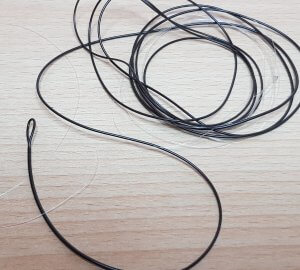
5. Landing or scoop net
You will need a good net to safely unhook your fish and release or dispatch (if taking home). Usually you would use a scoop net for say small wild brown trout fishing on streams and rivers and a larger landing net for lakes and still waters.
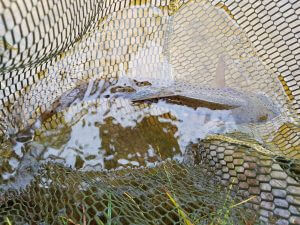
6 & 7. Fly box & Fly’s
A small fly box which will fit in a pocket or pack is a must. You don’t need something which will hold hundreds of fly’s (well not to start with !!!). They start at around $10 and increase depending on size/capacity and design. Regarding Fly’s, you can buy individually or in assorted pack. You can learn to tie your own Fly’s by reading my How to Guides on Fly Tying and Materials. Whilst it’s fantastic catching trout, getting them on flies you’ve tied yourself is in a whole different league!!
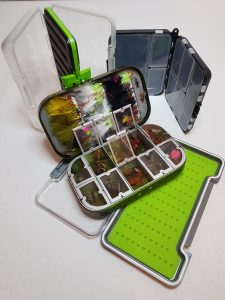
8. Tippet Snips
Attaching to a zinger, snips are much easier than using scissors for trimming excess tippet material from tying a fly or dropper in place.

Starter Kits
Most of the big Fly Fishing tackle producers and brands offer a beginner’s starter kit or outfit which includes all the key items needed to get you out and catching trout. Some of these start from as little as $50 or so, alternatively for those with deeper pockets they go up to over $500. So there you go!! At this stage I have purposely not discussed too many brands, as this will be covered in further articles. Obviously as you get more experienced, hooked on the sport! you will want to buy further kit, this is just our list of the fundamental items needed to get you catching trout!
This Beginner’s Guide is my general overview to Essential Fly Fishing Tackle. Please see my How to Guides & Tackle Specific Articles for further more in-depth information on each item.
Check back soon to see my next Blog and How to Guides!
Questions?? Get in touch; send me an email at- [email protected]
Tight Lines from Gra at fishtofly.com

